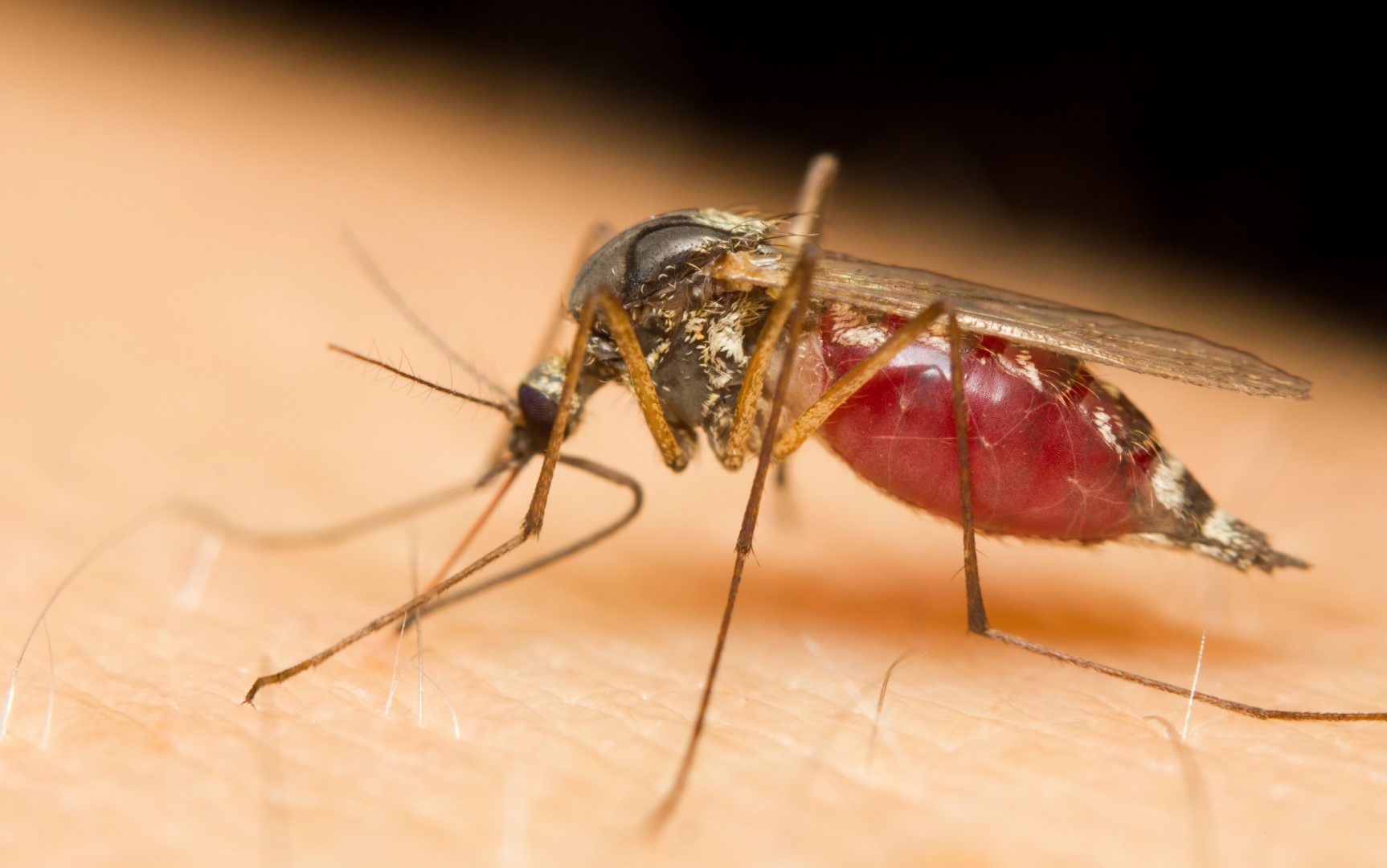Spiders: Understanding Arizona’s Eight-Legged Invaders
Spiders are one of the most common household pests in Arizona, known for their ability to hide in dark corners, attics, and garages. Belonging to the class Arachnida, spiders are predators that help control other insect populations. While most species are harmless, some, such as the black widow and brown recluse, can pose health risks with their venomous bites. Platinum Pest Management provides safe, targeted spider control to keep your home and business protected year-round.
Habitat and Behavior of Spiders
Spiders thrive in areas where they can find food and shelter. Around Arizona properties, they are often found in corners, basements, storage areas, and eaves where insects are abundant. Outdoors, spiders live under rocks, in woodpiles, and around light fixtures that attract flying insects.
Spiders spin webs to trap prey and typically avoid human interaction. However, they enter buildings seeking warmth, moisture, or insects during seasonal changes. Their ability to reproduce quickly can lead to web buildup and an increase in indoor sightings if left unchecked.
Why Spiders Are a Problem
Although spiders contribute to natural pest control, infestations inside homes or workplaces can cause discomfort and anxiety. Webs around ceilings, lights, and windows create unsightly buildup, while venomous species like black widows and brown recluses pose legitimate safety concerns.
Spider bites can cause localized pain, redness, and, in rare cases, serious medical reactions. Even non-dangerous spiders can signal a larger insect problem since they follow other pests for food. Addressing spiders often means treating the insects that attract them.
The Importance of Ongoing Pest Management
Spiders can return quickly once their food sources reappear. Ongoing pest management from Platinum Pest Management keeps your property protected by targeting both spiders and the insects they feed on. Regular inspections and treatments remove webs, reduce harborage areas, and maintain long-term barriers that stop re-entry.
Routine service ensures your home or business remains pest-free through Arizona’s changing seasons. By keeping up with maintenance, you not only eliminate spiders but also prevent other insect populations from re-establishing.
Spider Control and Prevention
Platinum Pest Management uses a comprehensive approach to spider control that includes inspection, removal, and prevention. Our technicians identify high-risk areas, remove webs, and apply safe, effective treatments around perimeters, corners, and entry points.
Preventive measures such as sealing cracks, reducing clutter, and minimizing outdoor lighting help keep spiders away. Combined with regular service visits, these steps create a clean, pest-free environment that eliminates both spiders and their food sources.
Serving Arizona Communities
Platinum Pest Management proudly provides spider control and ongoing pest management services throughout Mesa, Chandler, Gilbert, Queen Creek, Scottsdale, Tempe, and nearby areas. Our local experts are trained to identify dangerous species and deliver safe, reliable treatments for every property type.




